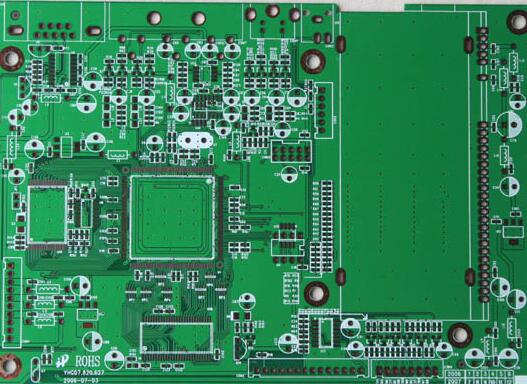PCBA processing selective wave soldering process
The Internet era has broken the traditional marketing model, and a large number of resources have been gathered together to the greatest extent through the Internet, which has also accelerated the development speed of FPC flexible circuit boards, and then as the development speed accelerates, environmental problems will continue to appear in PCB factories. In front of him. However, with the development of the Internet, environmental protection and environmental informatization have also been developed by leaps and bounds. Environmental information data centers and green electronic procurement are gradually being applied to the actual production and operation fields.
Wave soldering is to place the printed circuit board with installed components on the wave soldering machine and move it in a straight line. The side without components is eaten by the "tin peak", so that all components are soldered firmly together.
1. PCBA processing selective wave soldering process
The welding principle is the same as that of soldering, and the selection of process parameters is introduced as follows:
(1) The welding temperature is generally 240°C-250°C. If the temperature is too low, the solder joints will become dark and severely sharpened. Too high temperature will seriously affect the quality of components and the adhesion strength of printed wires.

(2) The welding speed or time is 0.6-1 m/min, which is adjusted appropriately according to the material and welding temperature. It is related to the size of the printed area and the tilt angle of the placement. If the speed is too slow, the components are easy to overheat and the printed board is deformed; if the speed is too fast, it is easy to solder, sharpen, bridge, etc.
(3) The depth of "eating tin" is generally 2/3 of the thickness of the printed board. Improper selection of solder joints is likely to cause tin bumps, sharpening or solder overflow and scald components.
(4) The angle of inclination is 5°-8°. The appropriate selection can reduce the compressive stress of the solder on the soldering surface, and reduce or avoid the occurrence of sharpening and tin bumps.
2Material selection
(1) Welding requires good oxidation resistance, strong corrosion resistance, good mechanical strength, good electrical conductivity and good fluidity. Commonly used tin-lead alloy Sn63%, Pb37%, M, 183 degree Celsius.
(2) The flux should have the following properties: low corrosiveness, good solderability, good fluidity, no water absorption, and no ionization. When soldering, the surface tension is lower than that of the solder, and the solder slag is easy to clean. 701 and 601 flux are commonly used.
3. Post-processing
After the overall welding, repairs such as false welding, false welding, and air bubble accumulation. PCBA processing is used to repair damaged printed wires with a soldering iron. Metallized holes are repaired with soft copper wire. Use aviation gasoline or alcohol to clean the flux residue.
4. Compared with soldering, the advantages of selective wave soldering
(1) Improve the reliability of welding.
(2) The plug-in welding quality has good consistency, which is caused by the same welding materials and processes.
(3) High production efficiency and easy operation. We are not an agent
Our factory is located in China. For decades, Shenzhen has been known as the world's electronics R&D and manufacturing center. Our factory and website are approved by the Chinese government, so you can skip the middlemen and buy products on our website with confidence. Because we are a direct factory, this is the reason why 100% of our old customers continue to purchase on iPCB.